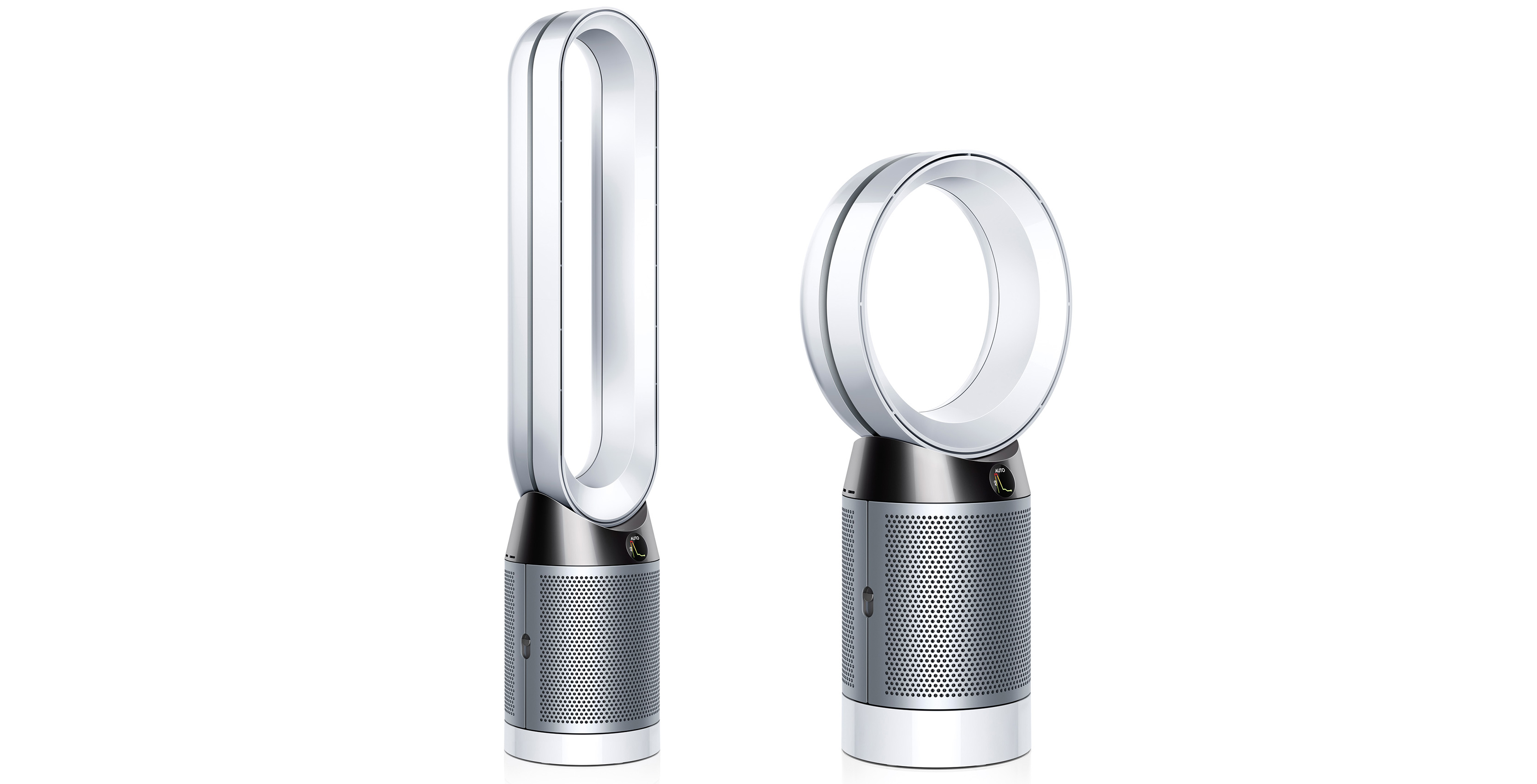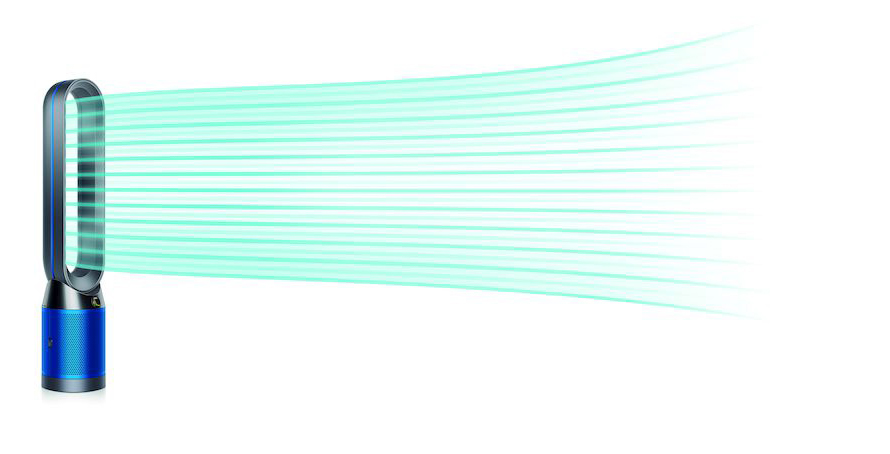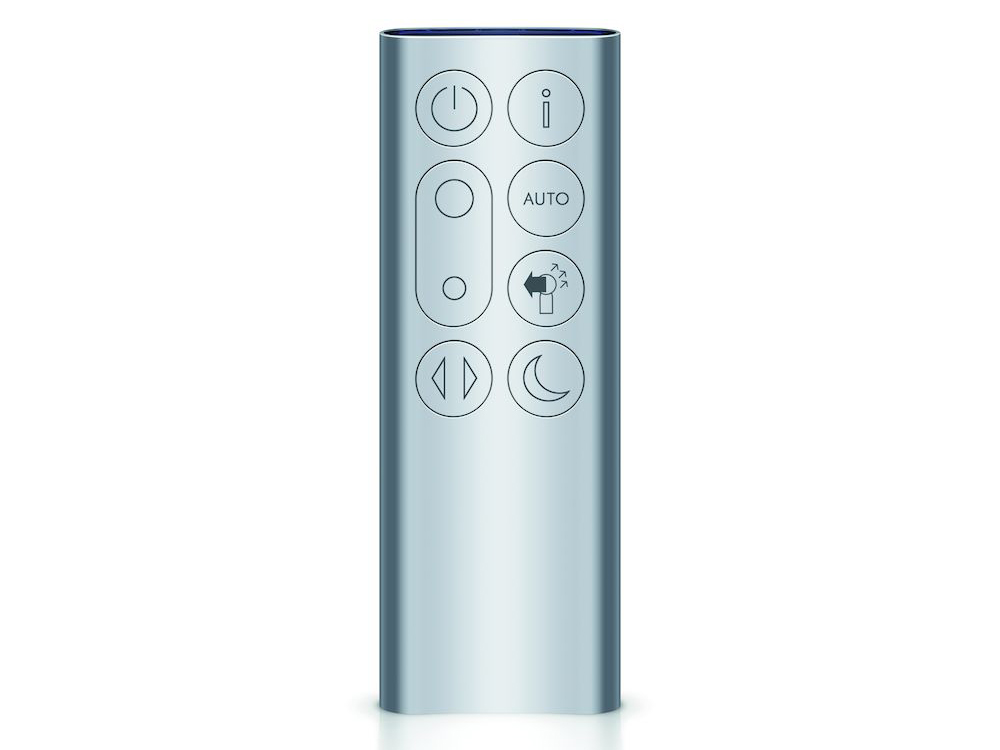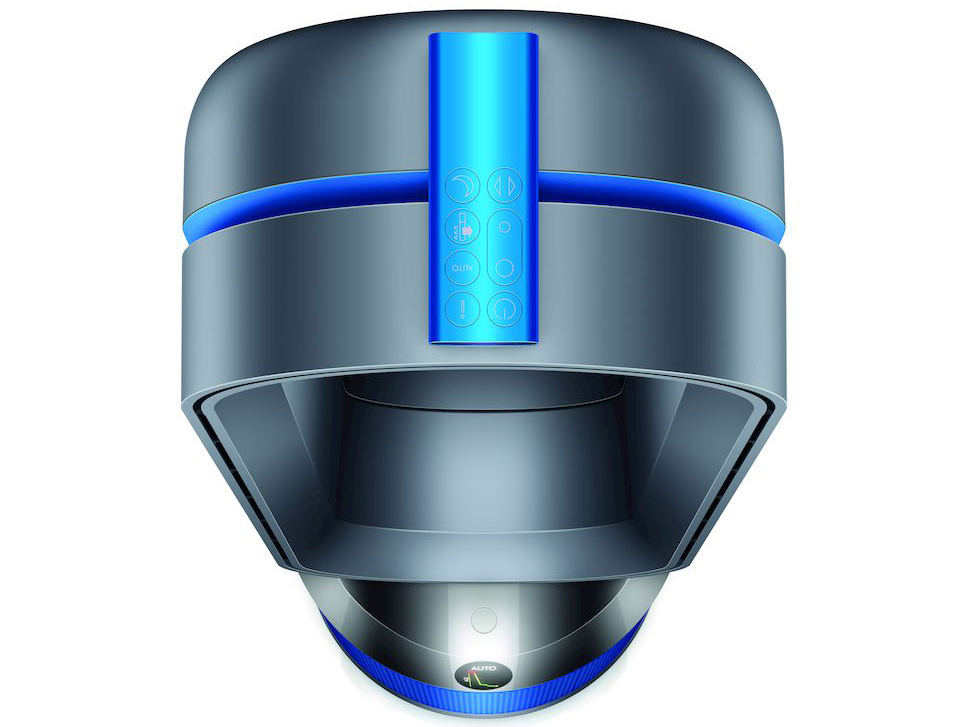
If you’re looking for one more smart device you can control in your home, Dyson has two new air purifiers made for just that purpose.
To be clear, Dyson refers to them as “purifying fans” but the reasoning is the same. The unit stands up tall on the floor and works diligently to capture all the toxins and pollens circulating in the air.
It’s not the company’s first attempt, having entered this category in 2015. It is, however, the most ambitious because it’s been designed for smarter performance all around. Available starting today, there are two models — the Pure Cool Tower and Pure Cool desk model.
I got to see both weeks in advance to better understand what they can do.
Standing up
The Pure Cool Tower and Pure Cool desk model aren’t all that different in from factor from their predecessors, so most of the changes are internal. One of the biggest is the addition of an LCD display to spell out what the Pure Cool is actually doing. While it’s always nice to see something like this in action, having some context without reaching for an app is convenient.
The display shows which pollutants are in the air in real time, assessing them by volume. To do this, invisible lasers beam out to identify the ultrafine particles, while another sensor detects what are called VOCs, or volatile organic compounds. These can come from anything, but are particularly prevalent in building materials, including furniture, paint and burning candles emitting benzene or formaldehyde.
A third sensor measures temperature and humidity to round up the sensory ability on board.
Dyson claims its ‘Air Multiplier’ technology inside can fill a room with up to 291 litres of purified air per second, and that the fans on both units can capture both particulate matter and gases. They can cover 350-degree oscillation to spread out over a wider area, but it’s not entirely clear how well the either unit would capture these elements from adjacent rooms. Having one in a house wouldn’t be enough.
The backward airflow mode is designed to keep the fan from blowing cool air, which makes sense when it’s colder outside. In that instance, air is diffused and doesn’t blanket a room with cooler air.
Finding the particles
The filtration system is easier to manage now, largely because Dyson finally separated the microfibre and carbon filters, meaning you can now replace them separately. This dual filter setup is also larger in size, which the company says will get rid of 99.97 per cent of air pollution inside.
That includes everything from allergens, pollens, bacteria, mold and gases. The carbon filter is especially important for that purpose, and if there is the three-fold activated carbon increase Dyson claims there is, then it is safe to assume that these units will be better than their predecessors.

As usual, replacing the filter is easy, with the renowned ‘clicking’ sound indicating a proper installation. Filters are never to be cleaned and then reused, which has been standard with other purifiers. Dyson reps told me that once the unit says it’s time to replace the filter, it should be done and the old one thrown out.
As for shelf life, Dyson says the filters last for one year based on 12 hours of use a day or 4,382 hours total. Previously, the filters were combined into one replacement unit, which also meant less coverage area to capture the bad stuff in the air.
Placement is not especially pertinent because of the radial coverage the unit is designed to provide. But it can stick to a certain direction to blow air that way, or not fully rotate, allowing it to function as it should if placed in a corner or near a wall.
The app
The iOS and Android Dyson Link apps look slick, with information that’s easy to gauge and understand. Whatever the Pure Cool units track appears on there, which breaks it down to the indoor and outdoor pollution, temperature and humidity levels. Standard stuff, especially when compared to other smart air purifiers, but style points apply here for sure.
There is a degree of manual control through the app, like changing the setting and knowing the lifespan of the filter inside. Since the units will be connected via Wi-Fi, they get over-the-air updates, as Dyson says it will roll out firmware and software updates to improve performance over time.

I asked about Alexa and Google Home integration, and was told that it was in the works. Remote access is apparently coming, but the majority of interaction would be in the same place. The units can be set to Auto to kick into action when sensing something in the air. It’s also possible to set it up on a schedule through the app so that it cleans whether home or away.
The sleep mode is a quieter operation, and keeps the unit going without the extra noise. Dyson does say the newer versions are quieter out of the box, but a fan is a fan, and sensitive ears may like not hearing them.
In lieu of the app, there is also a remote that can stay affixed to the unit via a magnet at the top, so you always know where it is.
Availability
Expect to pay more for what you get here. The Pure Cool Tower is $649.99 CAD and the desk model is $549.99. Replacement filters come in a bundle for $99.99. All will be sold directly from Dyson’s website.
MobileSyrup may earn a commission from purchases made via our links, which helps fund the journalism we provide free on our website. These links do not influence our editorial content. Support us here.



